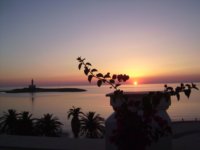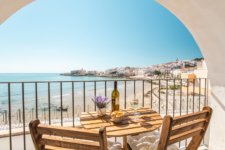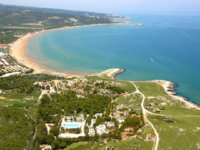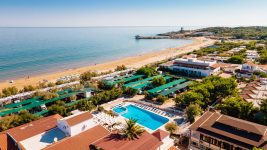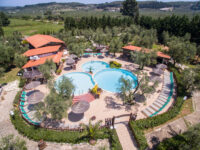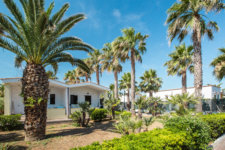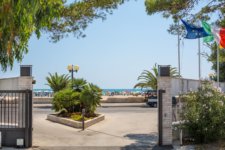In the northern part of the Gargano we find the lakes of Varano and di awl. These wetlands, as well as that of Lake Salso, constitute true naturalistic oases, especially due to the habitat capable of hosting numerous species of birds.
Varano: the largest coastal lake in Italy
Located north of the Gargano, Lake Varano, with its 60 square km of surface area, represents the largest coastal lake in Italy and the seventh on the peninsula. Curiously, despite being called a "lake", it is a lagoon, with a lower salt content than the nearby Adriatic Sea.
Characterized by the presence of underground currents that feed it, the lake communicates with the Adriatic Sea through two mouths. The surrounding area, known as Varano Island, is a valuable habitat for several species of birds, including cormorants, great crested grebes, lesser mergansers and several types of herons.
The lagoon dug into the limestone rock is fed by underground currents and communicates with the Adriatic Sea in two points: the mouth of Varano, to the east, and the mouth of Capojale to the west. The strip of land that closes the lake to the sea is called an island and extends for about 10 km with a width of just 1 km. The isthmus, as the writings of Pliny the Elder attest, was completely absent in the first century. AD, when the Lakes of Lesina (further to the West) and Varano were natural gulfs and served as a landing place for the Crusaders heading to Jerusalem.
Lake Varano hosts the Isola di Varano nature reserve, which is home to many species of birds: numerous cormorants live in Foce Capoiale. There are also numerous great crested grebes and goosanders, a type of duck that can reach 129 km/h in horizontal flight.
Other aquatic birds present are the coot, the ducks of the Nordic countries and also various species of herons, typical of all Italian wetlands: the gray heron, the purple heron, the egret and the great white heron, which can be often confused with the egret. Quite simply, the great white heron is bigger than the little egret and, in winter, has a yellow beak instead of the black one of its "cousin".
The kingfisher is inevitable, while on the dunes around the lake we find curlews, snipes and black-winged stilts.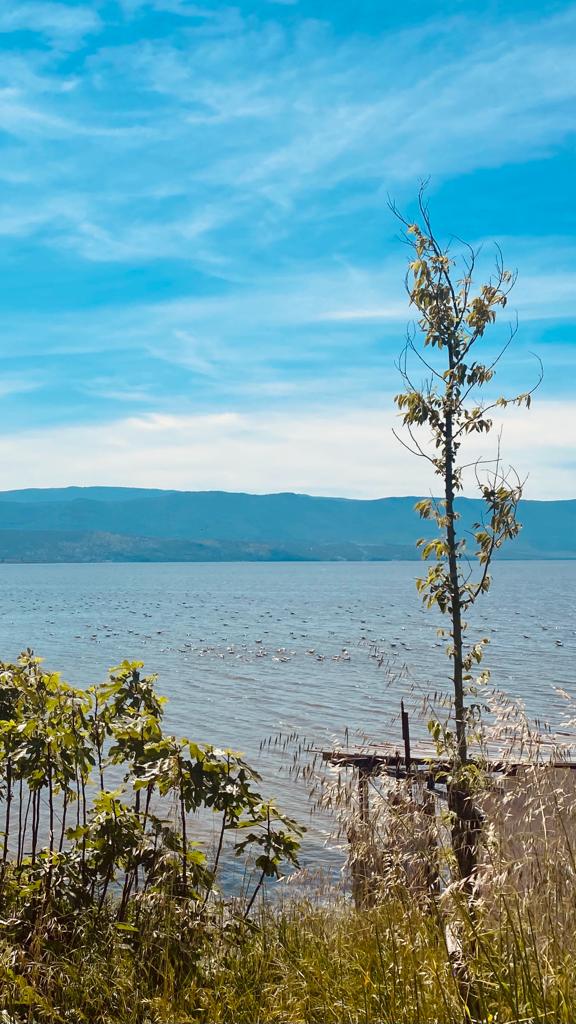
The Crucifix of Lake Varano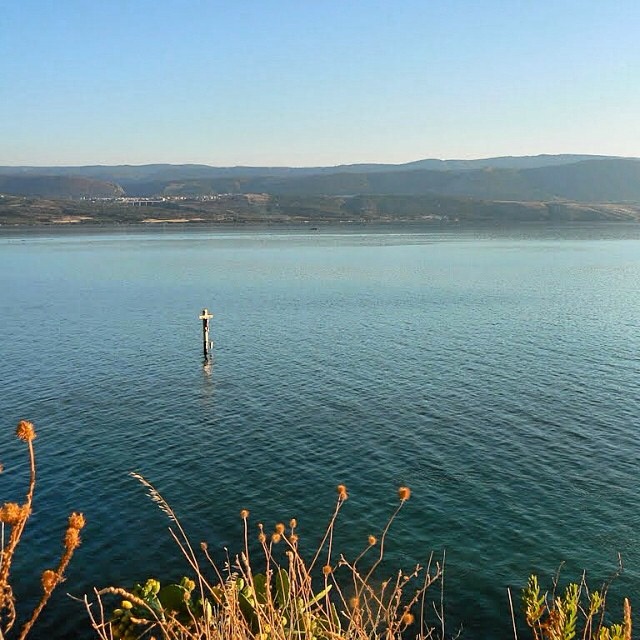
For those looking for natural places rich in spirituality, a visit to the Crucifix of Varano is certainly recommended, a wooden cross from the 1300s located on the eastern shore of Lake Varano. According to legend, the Crucifix would reproduce the true features of the face of Christ on the Cross and would represent the cross that surmounted the church of an ancient fishing village erased by a flood as divine punishment. Some swear to hear the tolling of the bells on particular days and see the ancient houses in the clear waters of the lake. Near the Crucifix stands a small church (Chiesa dell'Annunziata), almost completely restored, the destination of a pilgrimage that leaves every 23rd April from Ischitella (municipality to which it belongs) and is repeated in the summer version on 23rd August.
On the lake shore, the area of the Crucifix of Varano evokes stories and mysteries. It is told of an ancient village submerged by the waters as divine punishment and of a Crucifix that perpetuates its memory. Near the Crucifix, the Church of the Annunziata serves as a place of pilgrimage, attracting faithful twice a year.
Cagnano Varano: History and Nature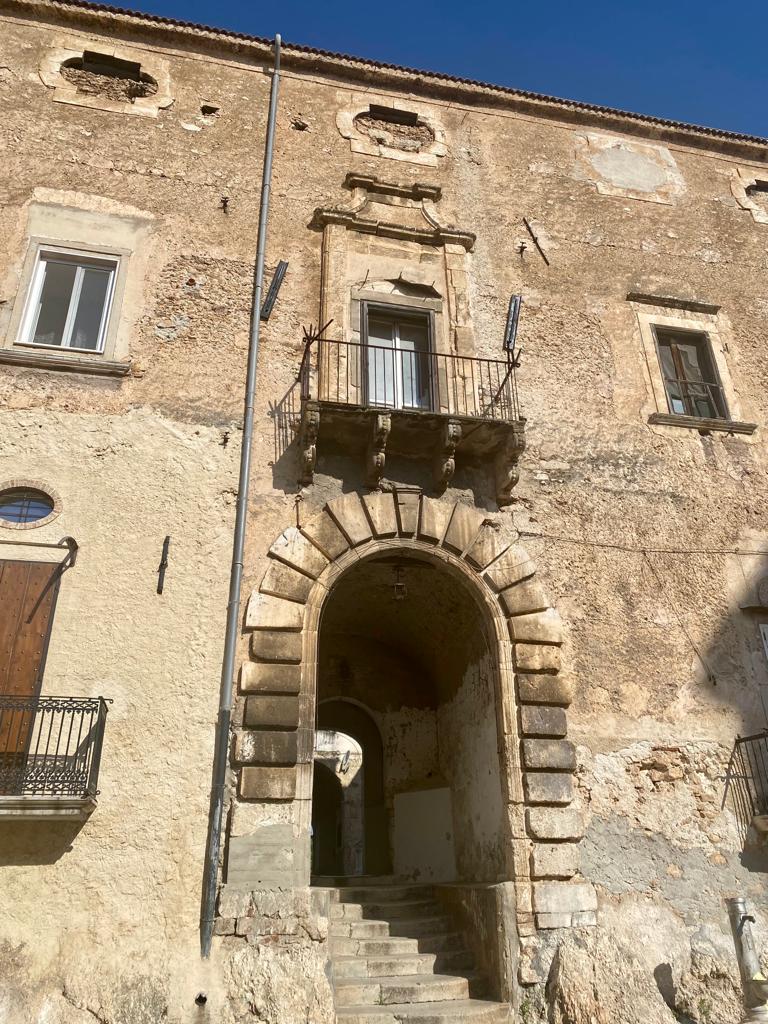
The ancient village of Cagnano Varano overlooks Lake Varano from the top of a hill. “Lù cavùt”, as it is called by the locals, is a very interesting village where time seems to have stopped among the alleys overlooking the valley, the lake and the sea. The old buildings, characterized by external stone staircases, preserve the history and traditions of the town within them.
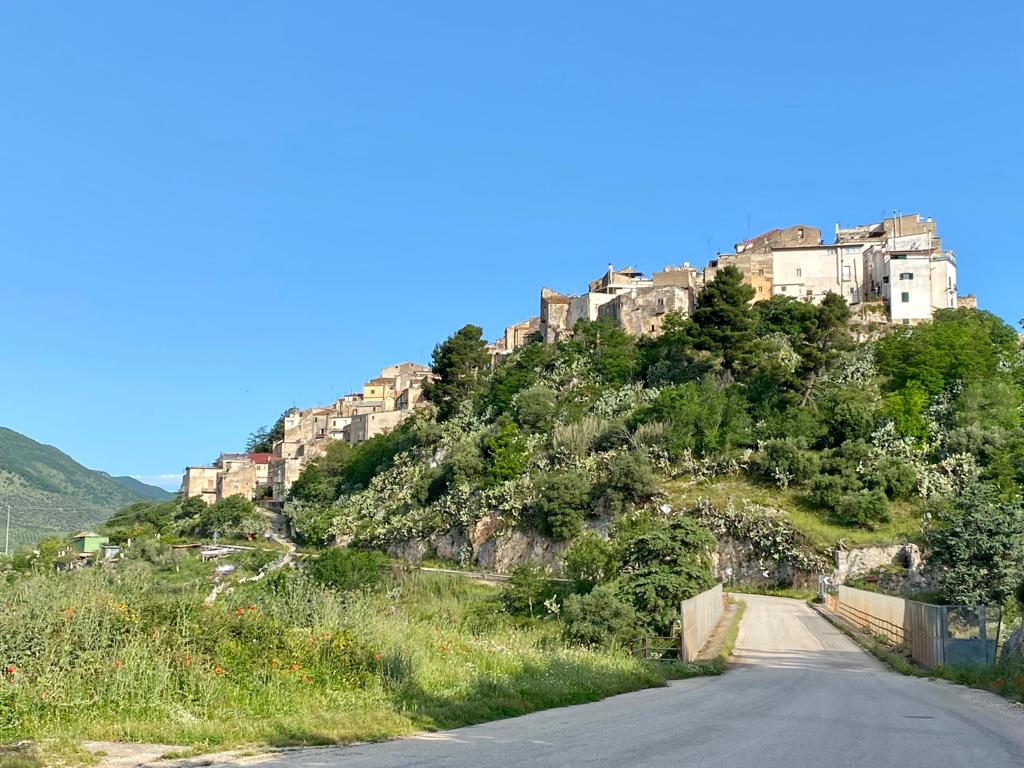
The Cave of San Michele
One of the main attractions of Cagnano Varano is the Grotta di San Michele. Located a short distance from Lake Varano, this cave retains both its natural characteristics and those introduced by man.
Legends of the Cave
History has it that San Michele, fleeing from a nearby town, took refuge in this cave before heading to Monte Sant'Angelo. The imprints of his wings would still be visible inside, while a nearby source, called the Fountain of San Michele, would have quenched the thirst of the inhabitants of the town for centuries.

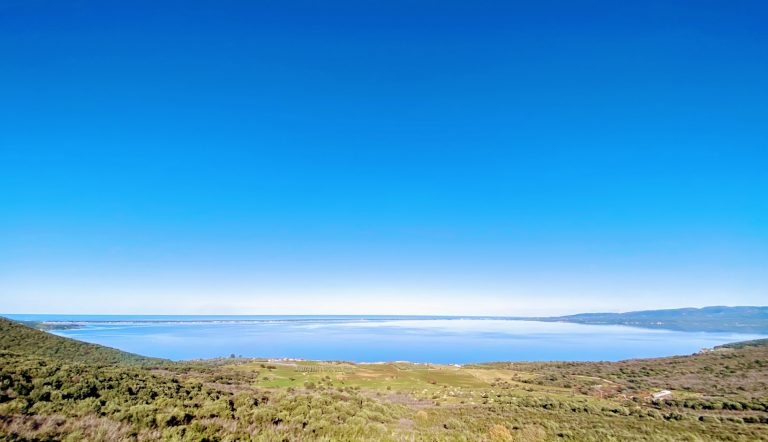
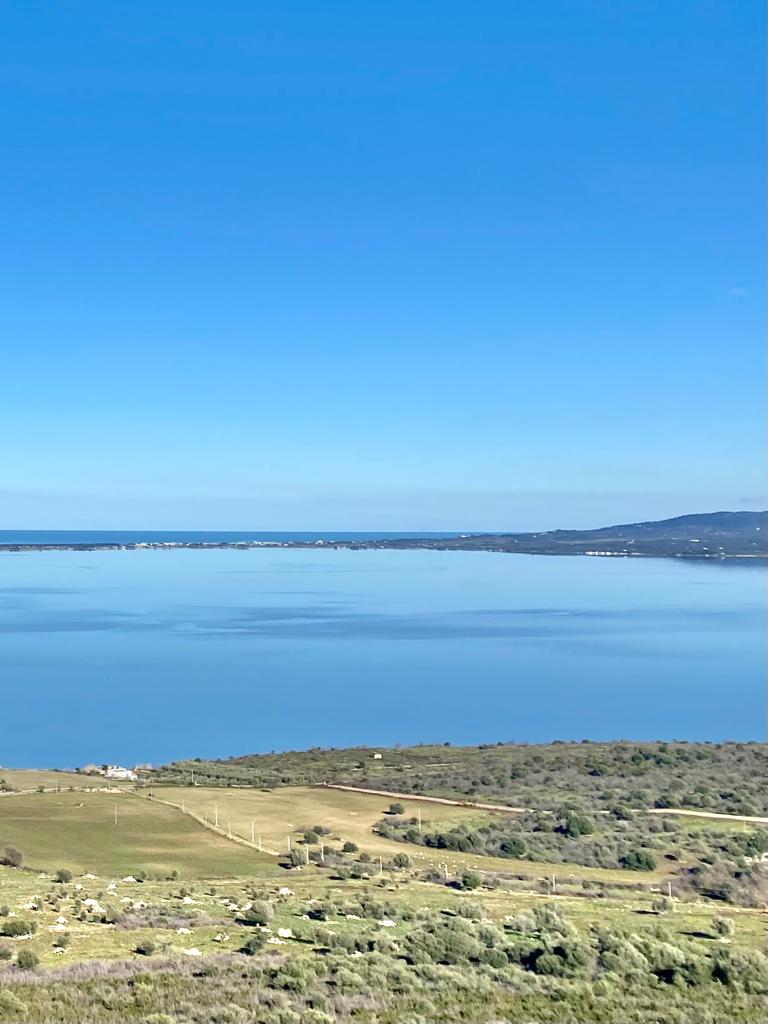


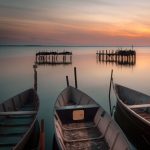
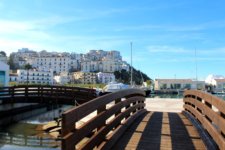



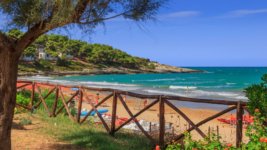

 Turismovieste.it is created by
Turismovieste.it is created by 



